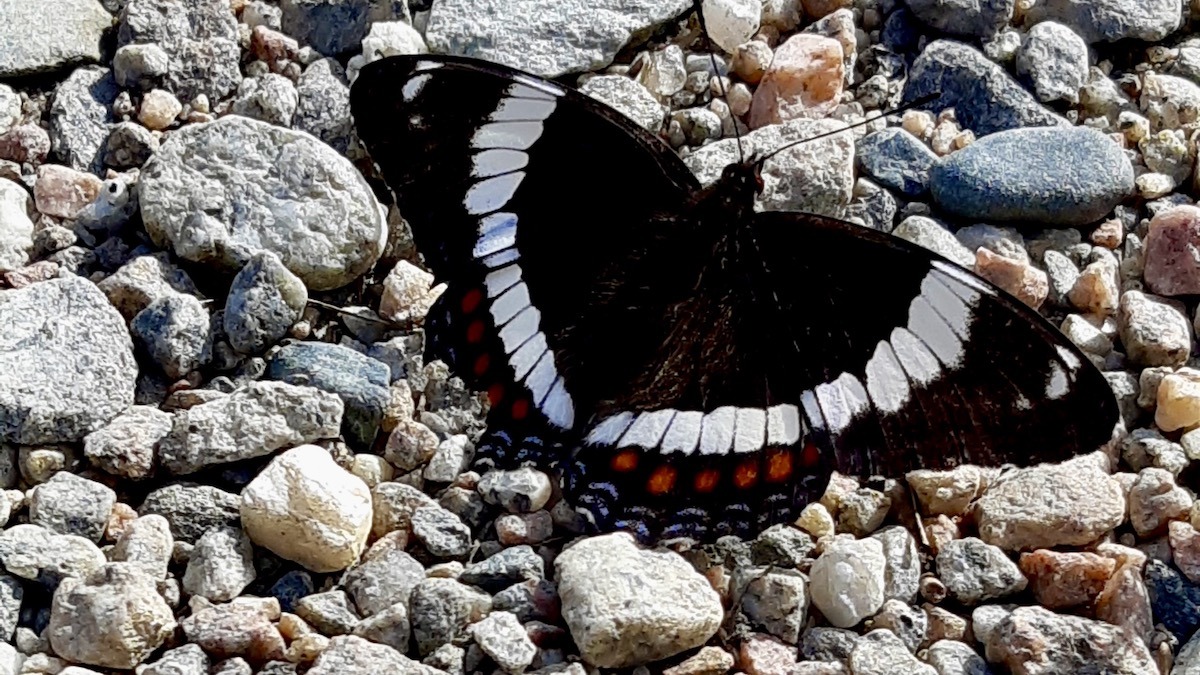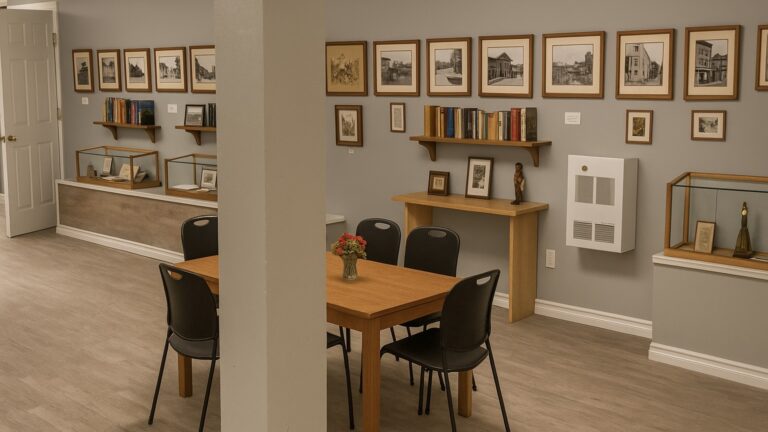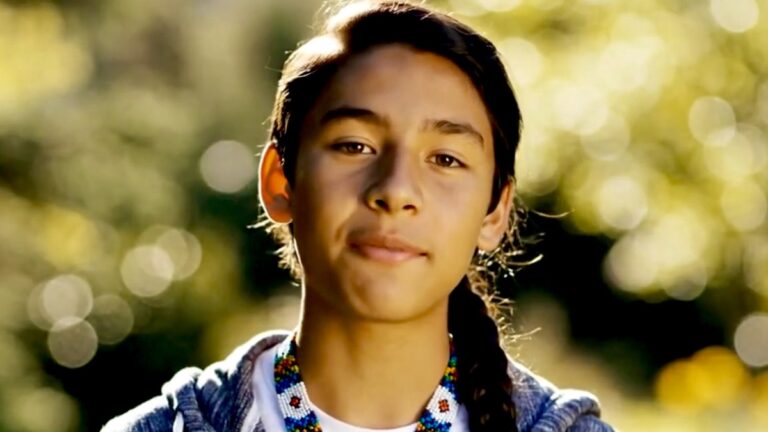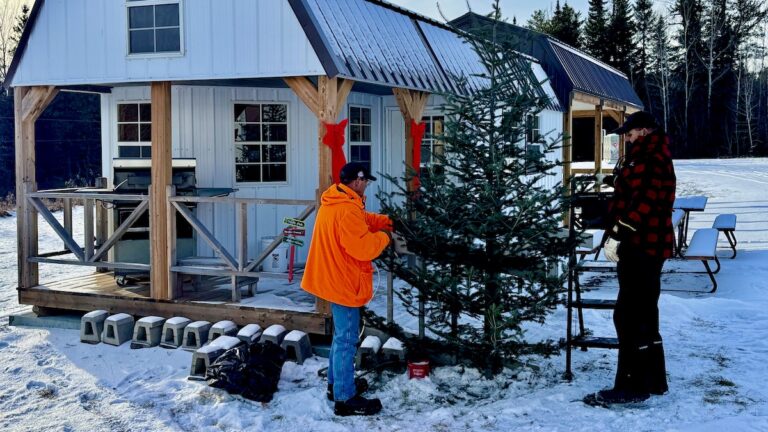
A magnificent White Admiral butterfly rests on a gravel path in Northern Ontario, showcasing its distinctive black wings with broad white bands and touches of orange.
All Innovation is an Act of Place-Making
Before the first line of code is written, before the first brushstroke is made, before the business plan is drafted, there is the land. It is the silent partner in every enterprise, the source of all materials, the context for every story. The ‘E’ in ECO-STAR is not an environmental checklist ticked off in service to sustainability metrics; it is our foundational principle. It is a declaration that all our work is an act of place-making, and our first responsibility is to the place that makes us.
To innovate is to participate in a conversation that is billions of years old. Our work must be an act of reciprocity, not extraction.
Northern Innovation: The Ecology of an Idea
An idea does not exist in a vacuum. Like a seed, it has an ecology. It requires fertile ground to germinate, draws nutrients from its surroundings, and, once grown, casts its own shade and drops its own fruit, changing the very ground from which it sprang. In our work, we must consider the full lifecycle of our creations. What are their roots? What materials, tangible and intangible, do they consume? What energy do they require? And most importantly, what happens when they die? Are they designed to decompose gracefully, to return their energy to the system, or are they destined to become poison, to persist as waste for generations?
This is the essence of a circular mindset, a perspective that sees no “away” to throw things to. For the artist, this might mean considering the source of their pigments or the afterlife of their installations. For the tech developer, it means interrogating the energy consumption of their servers and the e-waste generated by their hardware. For the community organizer, it’s about building programs that are self-sustaining, that create more energy than they consume. It is an understanding that we are designing not just objects or services, but interventions into a complex, living system.
Listening to the Land: A Decolonized Approach to ‘Resources’
Colonial thinking frames the land as a collection of “natural resources”—a passive warehouse of raw materials waiting for extraction and exploitation. This worldview is the source of the climate crisis. An Indigenous epistemology offers a radical, and necessary, alternative: it sees the land as a library, an archive of wisdom, a web of active relationships. The trees, the rivers, the animals, the stones—they are not resources; they are relatives. They are our teachers.
To begin with the land means to begin with listening. What can the patterns of the local ecosystem teach us about resilience? What can the traditional medicines of a place teach us about chemistry and healing? What can the architecture of a beaver dam or a beehive teach us about engineering? This is biomimicry not as a clever design trick, but as a profound act of humility. It is the recognition that the land holds technologies of sustainability that are far more advanced than our own. Our role as innovators is not to dominate, but to learn, to adapt, and to enter into a respectful partnership.
Provocations for the Creator
As you begin your work, hold these questions in your heart. Let them guide your hand and your mind. They are not meant to have easy answers, but to open a deeper inquiry:
- If your project were a living organism, what would it eat? What would it excrete? Is it a regenerative or a consumptive species?
- Who are the non-human stakeholders of your work? What does the river think of your plan? The caribou? The soil?
- How does your innovation honor the history, the stories, and the sacredness of the specific place where it will live?
- What is the seven-generation impact of your solution? How will it affect the lives of those yet to be born?
To begin with the land is to ground our most ambitious visions in the most profound reality there is. It is to remember that we are not masters of the Earth, but a humble and fleeting part of its magnificent, ongoing story of creation.
About the Program
ECO-STAR NORTH is a multifaceted initiative that operates at the intersection of applied research and interdisciplinary arts. At its core, the project is a rigorous inquiry into how mainstream innovation frameworks can be thoughtfully decolonized and adapted to serve the unique cultural and economic landscapes of creative communities. Rather than a top-down model, it functions as a living social sculpture, employing community-led, arts-based methodologies to co-create tools and knowledge. The project weaves together threads from creative entrepreneurship, artificial intelligence, climate action, Indigenous epistemologies, and emerging technologies, framing the development of a sustainable and sovereign creative economy not just as a business challenge, but as a collective work of interdisciplinary art.







